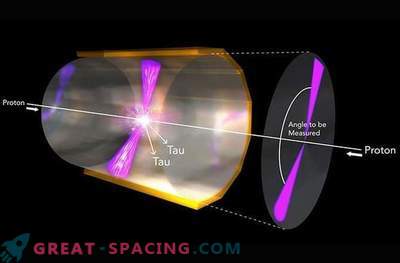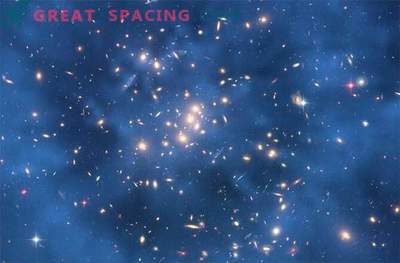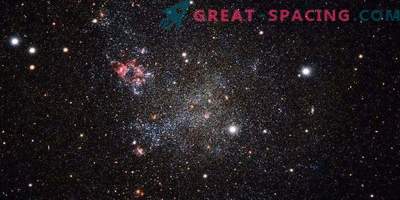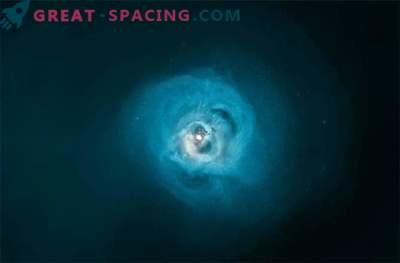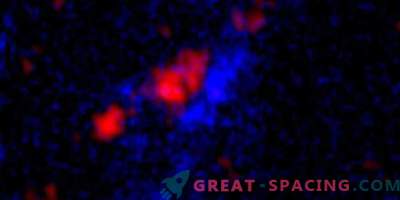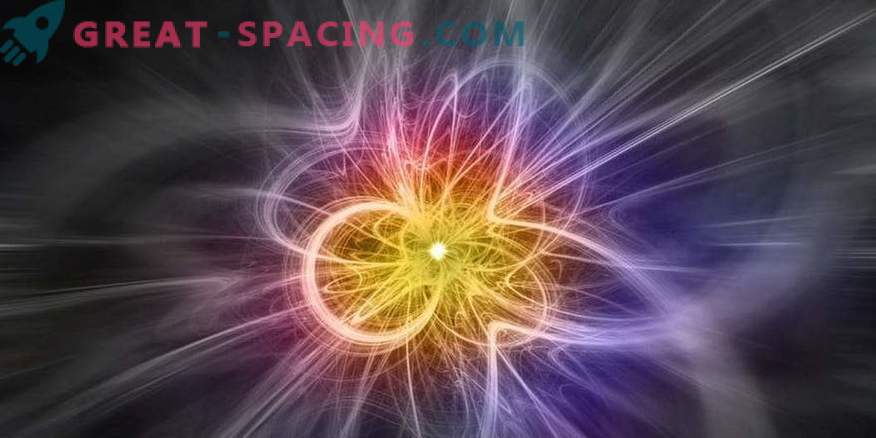
Laser shine can help solve the mystery why there is less antimatter in the Universe than ordinary matter.
For the first time, physicists have shown that antimatter atoms seem to emit the same light as atoms of ordinary matter. A more accurate study will help solve the mystery why antimatter is less.
For each particle of ordinary matter, there is a similar antimatter particle with the same mass, but the opposite electric charge. For example, the positron and antiproton are antiparticles of an electron and a proton.
When a particle encounters an antiparticle, they destroy each other, emitting a stream of energy. A gram of antimatter annihilates a gram of substance and releases about two energy reserves, derived from dropping an atomic bomb on Hiroshima. (Do not worry about danger, as scientists are still very far from creating a gram of antimatter).
It remains a mystery why there is more matter than antimatter. The standard model of elementary particle physics (the best description of how the building blocks of the Universe behave) suggests that the Big Bang should have created them in equal numbers.
Scientists would like to learn more about antimatter, to see differences in its behavior and to understand why it is so small. One of the key experiments will be the use of lasers for antimatter atoms, which can absorb and emit light in the same way as atoms of ordinary matter. If antihydrogen atoms emit a different spectrum of light than hydrogen atoms, such spectral differences will create ideas about other reasons for their difference. For the first time, researchers used lasers to conduct spectral analysis of antihydrogen atoms.
“I would call it the holy grail of antimatter physics,” said study co-author Jeffrey Hungst, a physicist at Aarhus University in Denmark. “I have been working for more than 20 years to make this happen, and the project has finally been launched.”
Scientists have experimented with antihydrogen, which is the simplest atom of antimatter, since hydrogen is the simplest atom of ordinary matter, consisting of one antiproton and one positron.
Mining a sufficient amount of antimatter for experimentation has proven difficult. To create atoms of antihydrogen, scientists mixed about 90,000 antiprotons with 1.6 million positrons (antielectrons), which gave about 25,000 antihydrogen atoms. For the experiment, the ALPHA-2 apparatus was used — an antimatter generator and a capture system located at the European Organization for Nuclear Research (CERN) in Switzerland.
After creating atoms, you need to “hold on to them very carefully,” said Khangst. Antihydrogen is electrically neutral, and therefore it cannot be held in place by means of electric fields, and “you need to keep it away from matter, because it needs vacuum conditions”. The best temperature of antimatter is close to absolute zero (minus 459.67 degrees Fahrenheit or minus 273.15 degrees Celsius), so it is slow and easier to hold. Scientists hold antihydrogen in very strong magnetic fields. “Now we manage to hold about 15 antihydrogen atoms,” says Hungst.
They then laser-acted antihydrogen, causing the atoms to release light. Scientists measured the spectrum - 10 to the tenth degree.
Now the light spectra of hydrogen and antihydrogen are similar to each other. However, a more accurate measurement will help identify the differences between matter and antimatter, which could uncover the mystery of the loss of antimatter and lead to revolutionary changes in the standard model. “We can change the rules of work,” says Hungst.

